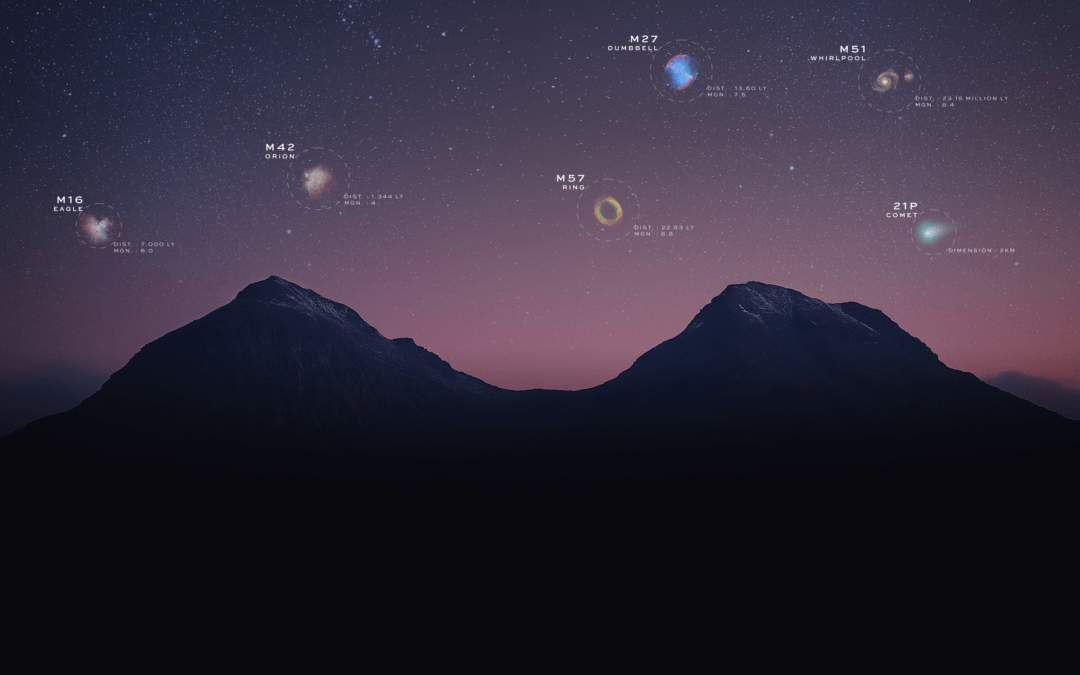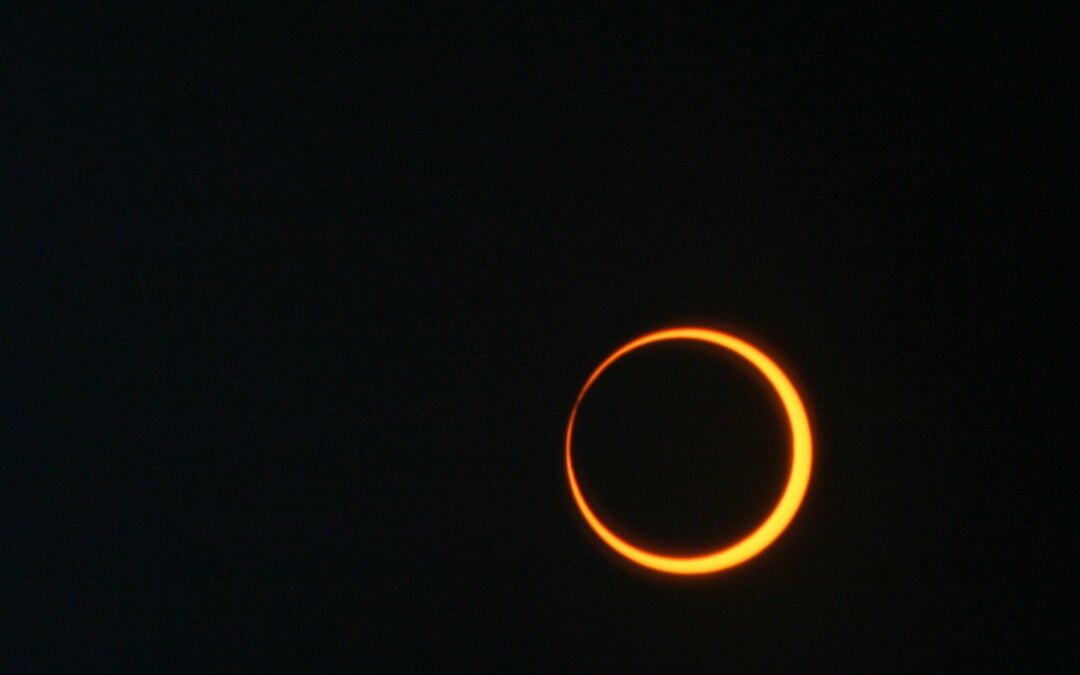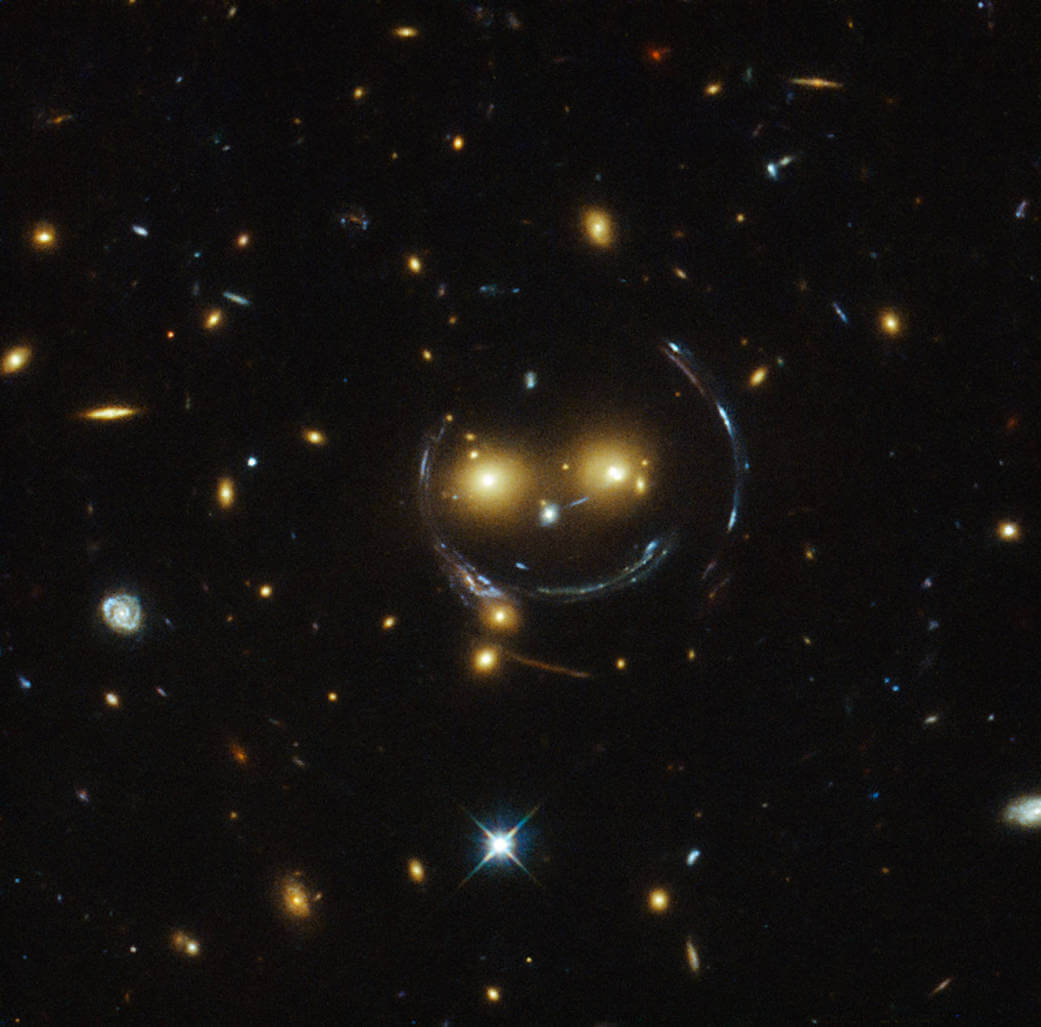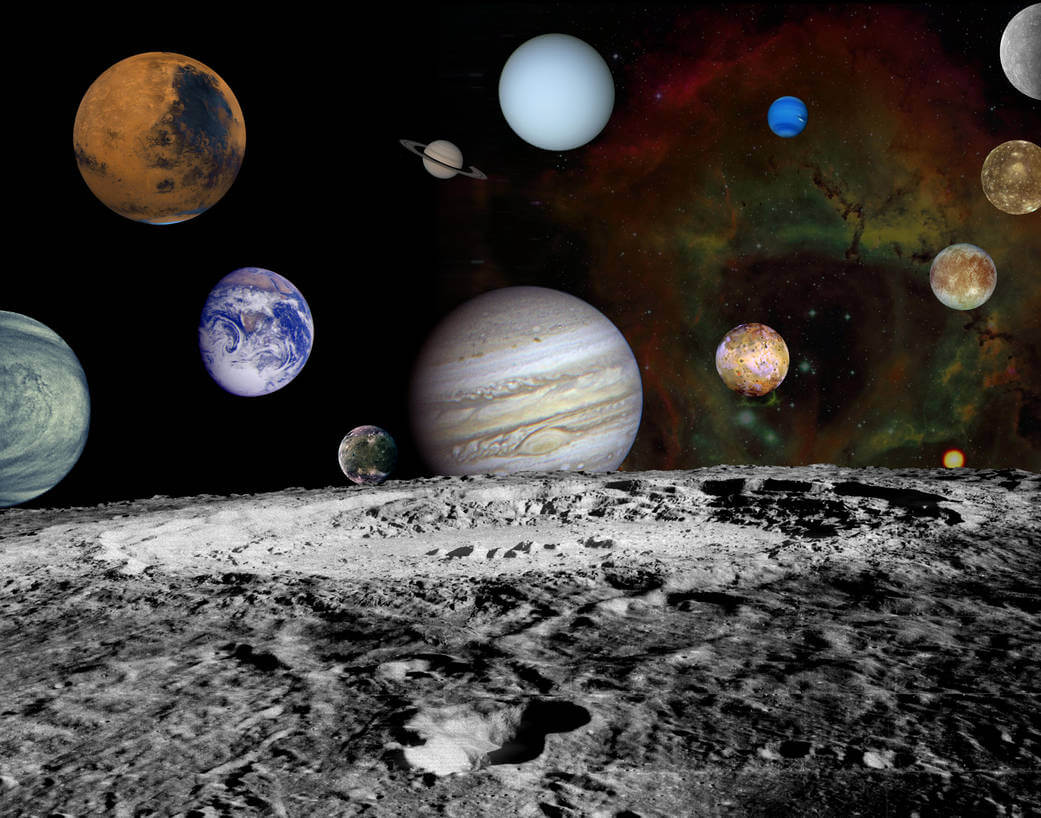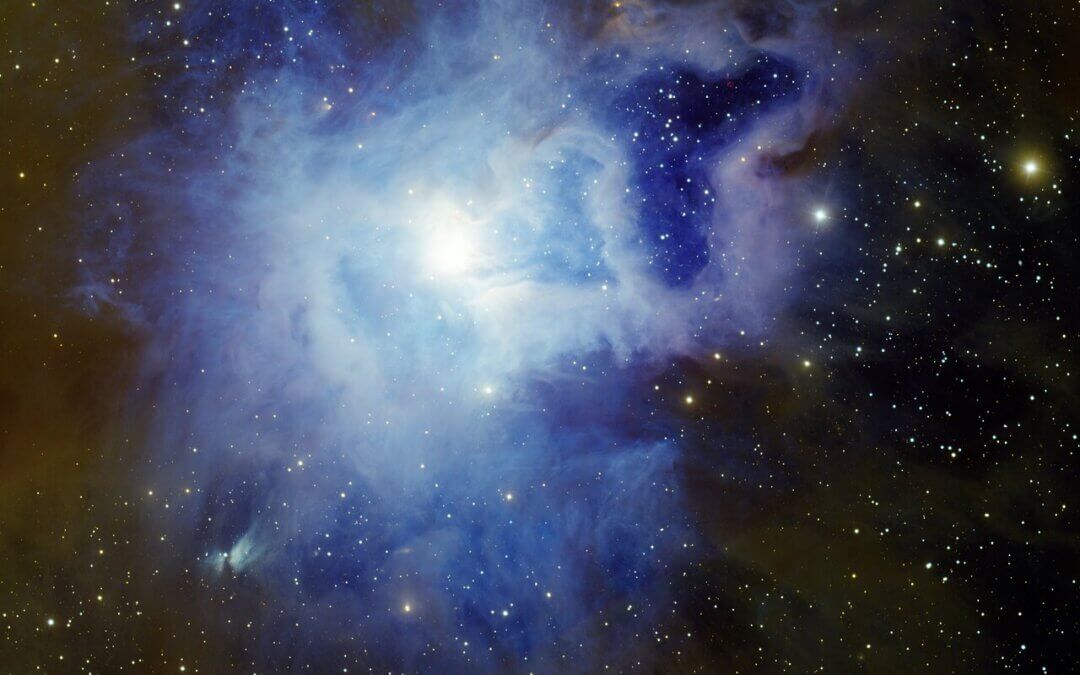A Year in Citizen Science: Unistellar Breaks Exoplanet Record
Read the 1st Blog in this Series
A Year in Citizen Science: Planetary Defense Rocks 2022
Read the 3rd Blog in this Series
NASA’s James Webb Space Telescope (JWST) has been in space for over a year now, and has begun sending back stunning astronomical images of far-away galaxies, giant stars, gauzy nebulae and more. The launch in late December 2021 was one of the most-awaited launches of the year, watched by millions of people all over the world including citizen astronomers with their Unistellar telescopes.
Not only did these Unistellar network members watch JWST lift off, but they followed the telescope’s journey to outer space and gathered data along the way. Their observations were record-breaking, providing the only scientific dataset of its kind.
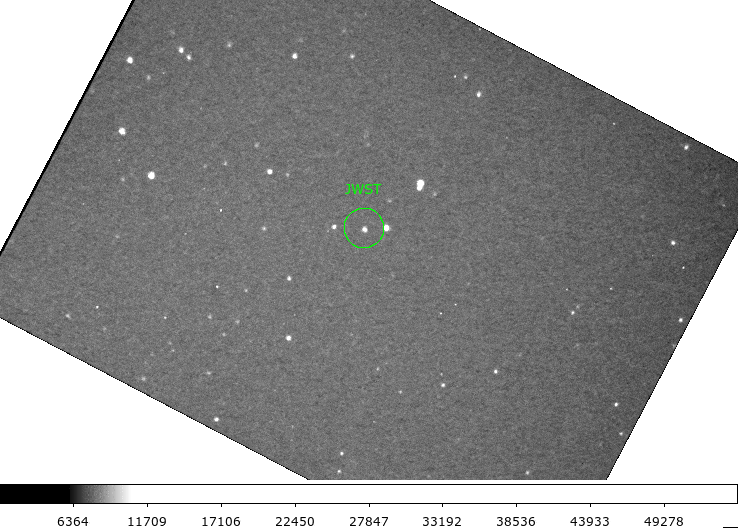
Observation of JWST and its booster shortly after the separation by citizen scientist Aad Verveen from the Netherlands.
Citizen Astronomers Keep an Eye on JWST
Members of the Unistellar Network were the only known observers to follow the James Webb Space Telescope from launch to its final destination at the second Lagrangian point (L2), a stable point in Earth’s orbit around the Sun that lies a million miles away. As part of a citizen science campaign to track the telescope, Citizen Astronomers around the world watched the JWST from their backyards, capturing key moments of its journey.
In total, Unistellar Citizen Astronomers observed the JWST 145 times over the course of three months, with the final observations taken while JWST was aligning its mirrors. The campaign aimed to track the space telescope’s trajectory as it traveled and report it to the Minor Planet Center, as well as report on changes in brightness.
The space telescope reached its destination in late January 2022, where it began unfurling its 6.5-meter-wide mirror and testing out the instruments that have taken stunning images and even observed exoplanets. In fact, Unistellar Network members made their own observations of one of JWST’s planetary targets, HD 80606 b, a.k.a. the “Roasted Planet,” which returned valuable information on its orbit that will help guide JWST astronomers as they conduct observations.
JWST Scientific Paper Published
The results of Unistellar members’ observing campaign were presented in a scientific study published in August 2022. The study provides comprehensive light curve data on JWST as it traveled from Earth to its final destination and includes 49 Unistellar Network members as coauthors.
The dataset captures important moments like the jettisoning of rocket boosters and unfurling of the sunshield, as well as additional peaks in brightness that could come from slight changes in orientation as the primary mirror deployed. It’s the only dataset containing this kind of information, which will provide a valuable record for future study.
Furthermore, the James Webb Space Telescope is now the farthest man-made object to be observed by the Unistellar Network. Ten years ago, such an object would not have been observable with telescopes the size of the Unistellar eVscope and eQuinox, but advancements in technology have broadened the horizons of the possible, paving the way for record-breaking observations.
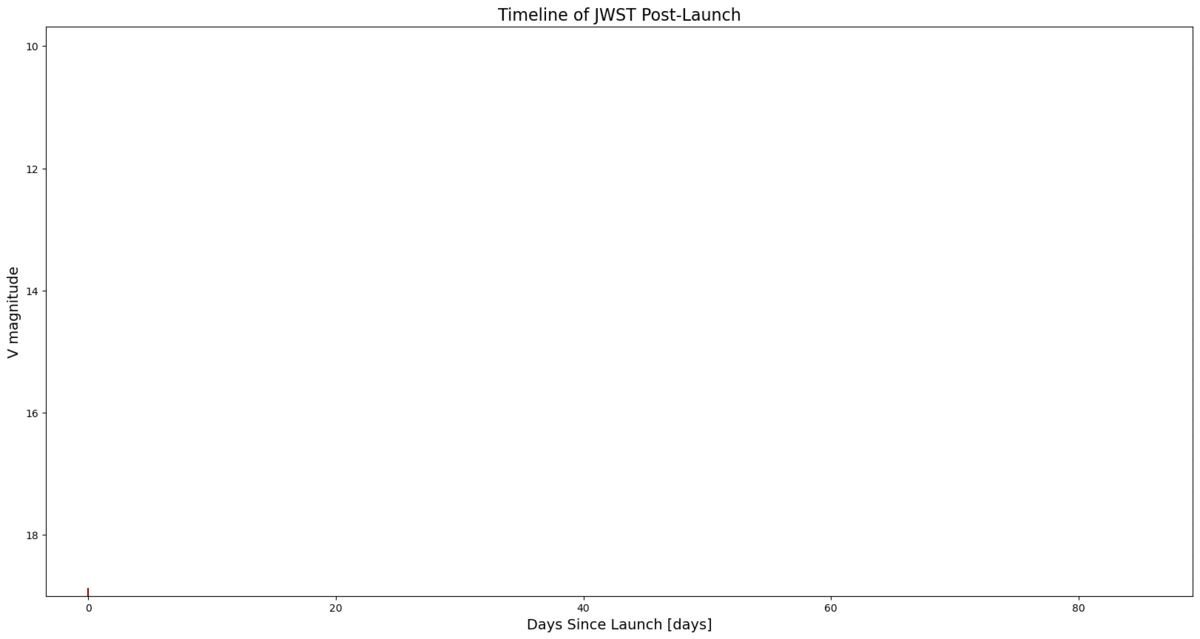
A timeline showing Unistellar Citizen Astronomer observations of JWST from launch to the orientation of its mirrors. You can see how the brightness of the spacecraft changes by looking at the vertical axis: the higher the point on the graph, the brighter JWST appeared.
Upcoming Missions Primed for Observations
With observers around the world armed with powerful telescopes, the Unistellar Network is ready to conduct similar campaigns of new science missions launching this year. That includes the Polaris Dawn launch set for 2023 that will include the first commercial spacewalk, the Jupiter Icy Moons Explorer (JUICE), SpaceX’s Starship launch and more.
It will be an exciting year for space launches, both above Earth and down here on the ground. And you can bet the Unistellar Network will be watching!
Further readings
3 Reasons to observe this month
On Jupiter: Imagine moons casting their shadows on a giant planet. Right now, Jupiter’s moons offer an exceptional show: eclipses visible even from urban areas. Each time a moon passes in front of the Sun, it creates a shadow that dances across Jupiter’s surface. Check our dedicated article to catch every passage of Io, Europa, or Ganymede.
Unistellar Community Included In Multiple Scientific Papers
Did you know Unistellar Citizen Astronomers are often cited in published scientific papers? Find out how you can contribute too!
When Is the Next Solar Eclipse, and How to Observe It With a Unistellar Telescope
An annular solar eclipse is visible from the Americas on October 14. Learn how to witness the Ring of Fire with your Unistellar Telescope!
Halloween Observing Guide: Spooky Deep-Sky Objects
These Halloween deep-sky objects will add some light to those dark, spooky nights. Treats, tricks, and telescopes await!
How Big Is the Solar System?
If the Sun were the size of a basketball, do you know how big the Earth would be? Find out how big the Solar System really is!
Fall Into Cygnus and More With September Deep-Sky Objects
Unistellar’s September targets include a bevy of star clusters and nebulae of all sorts. Celebrate stars in all stages of life this month!
